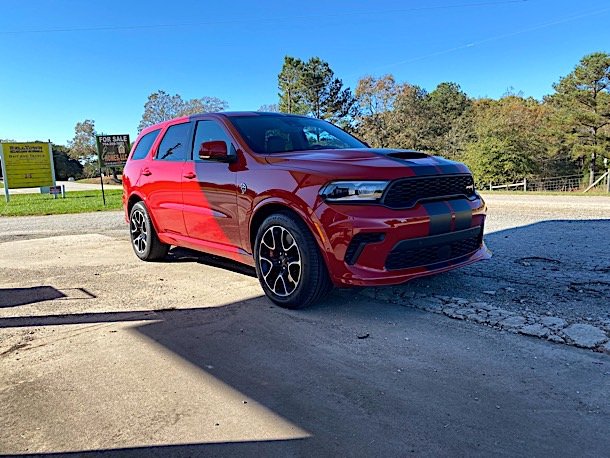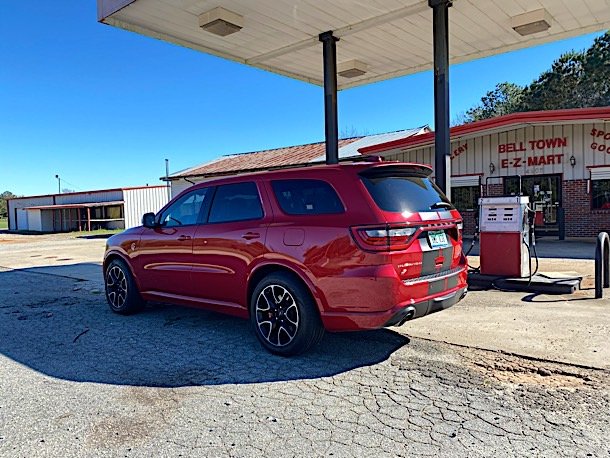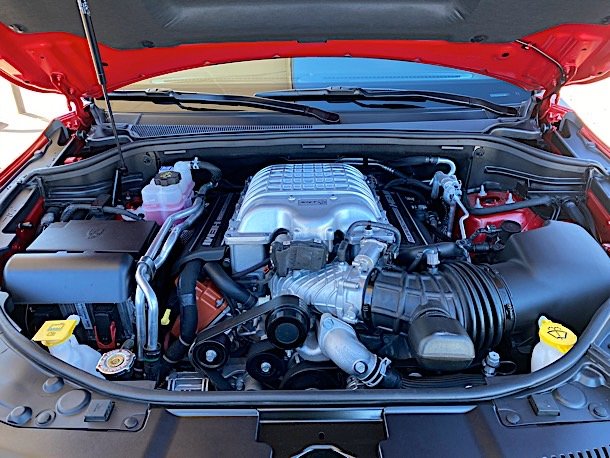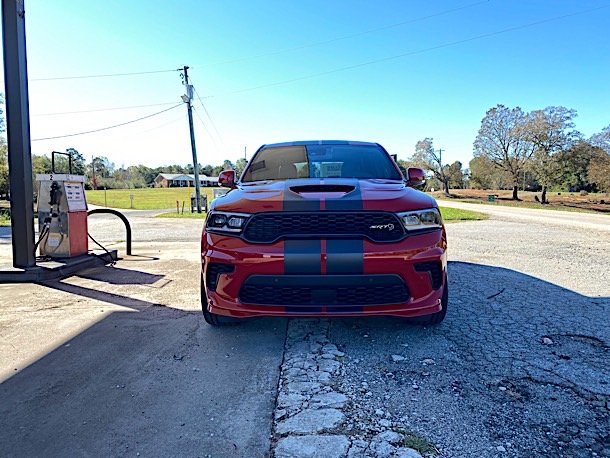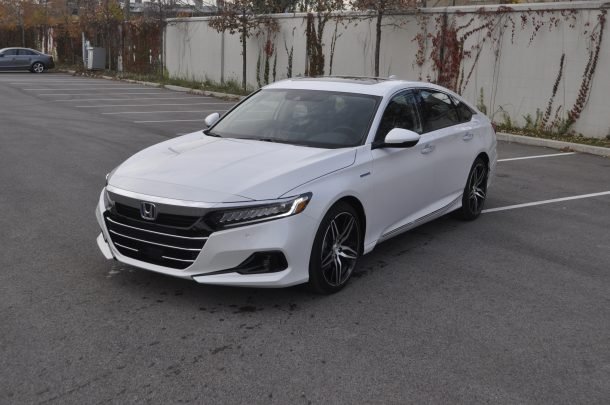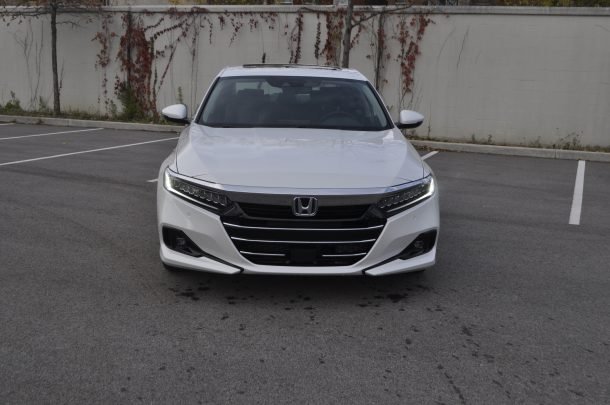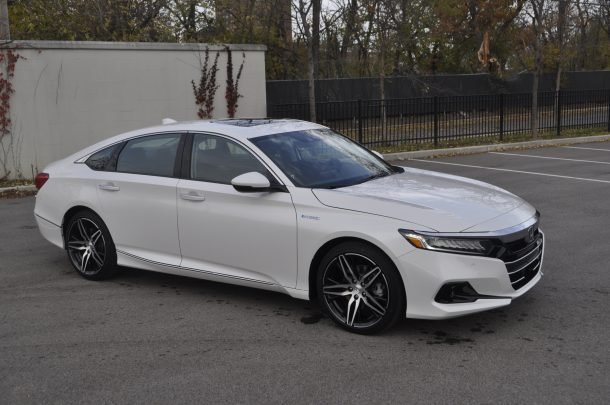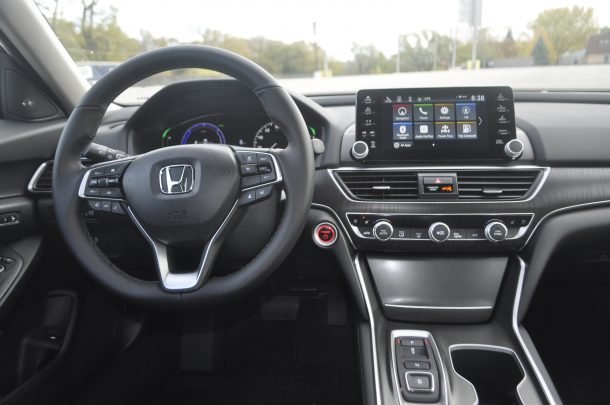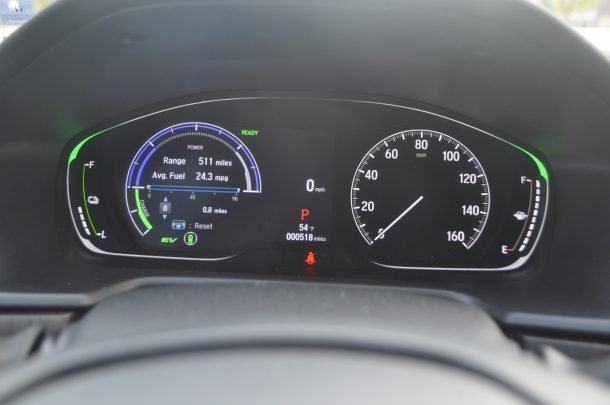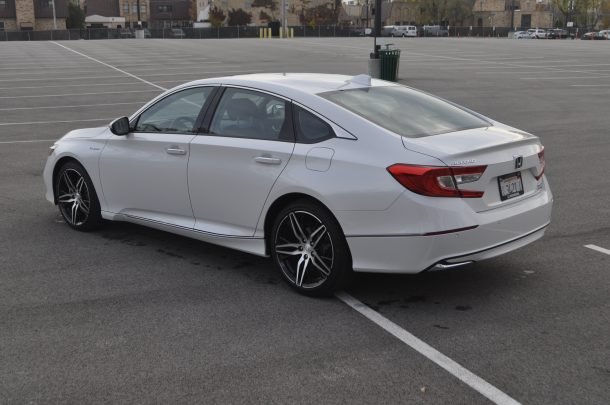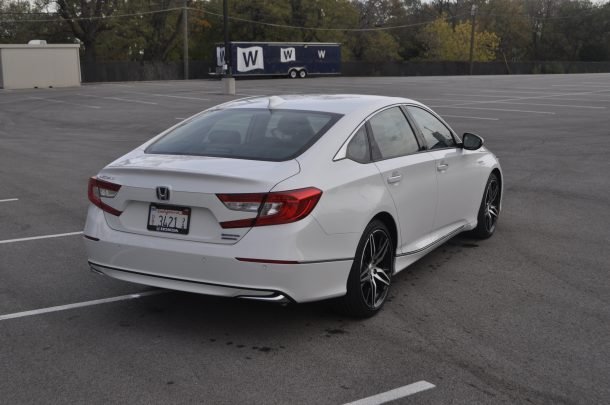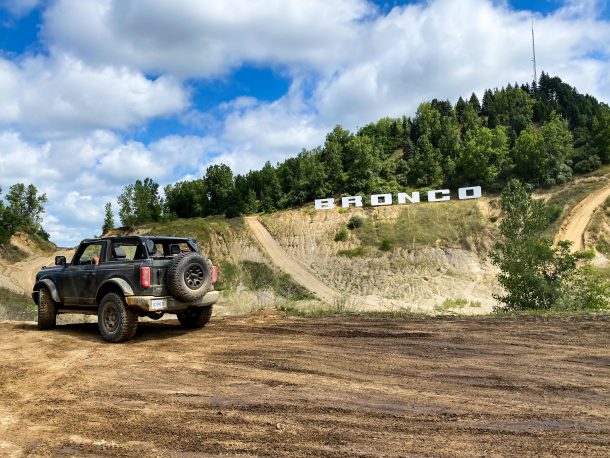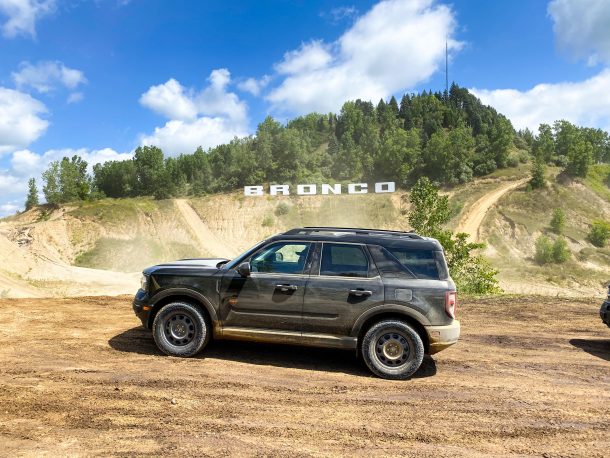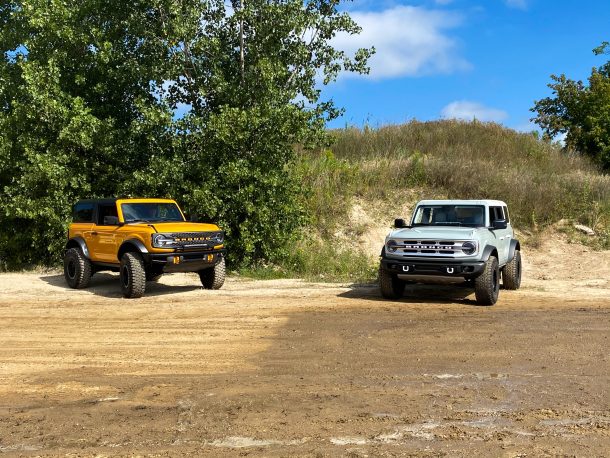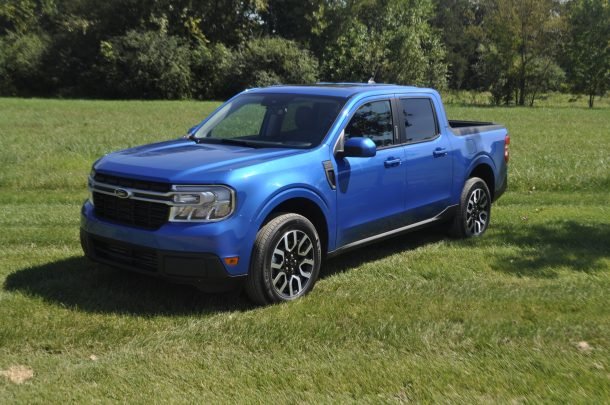 There are currently two small trucks on sale – the Hyundai Santa Cruz and the 2022 Ford Maverick. Only one really looks the part.
There are currently two small trucks on sale – the Hyundai Santa Cruz and the 2022 Ford Maverick. Only one really looks the part.
That would be the latter. And thankfully for Ford and its buyers, the Maverick more than acts the part, too.
(Full disclosure: Ford flew me to Nashville, Tennessee, and fed and housed me for a night. A t-shirt, water bottle, and candle were offered, I did not take any of them. I did, however, find a new whiskey to buy for the next time the liquor cabinet runs dry. Thanks, Ford, for putting the break stop at a distillery and serving its hooch at dinner.)
The Maverick is one in a fairly long line of highly anticipated Ford vehicles that have launched over the past year and change. And based on an invite we got while I was in Nashville, there’s at least one more to come. That thud you heard from Dearborn is exhausted employees hitting the floor.
This isn’t in any particular order, but between 2020 and 2021 Ford has launched the Mustang Mach-E, Bronco and Bronco Sport, F-150, and Mustang Mach 1. Look for the Mustang Mach-E GT soon enough, and we expect the F-150 Lightning to follow in short order. We also saw an updated Expedition at Motor Bella in Detroit this month.
Maverick, Mach-E, Bronco, and Lightning have gotten the lion’s share of buzz. The Maverick, especially, has truck buyers – and wannabe truck buyers – on notice. Which is why I found myself in Tennessee, playing with trucks all day.
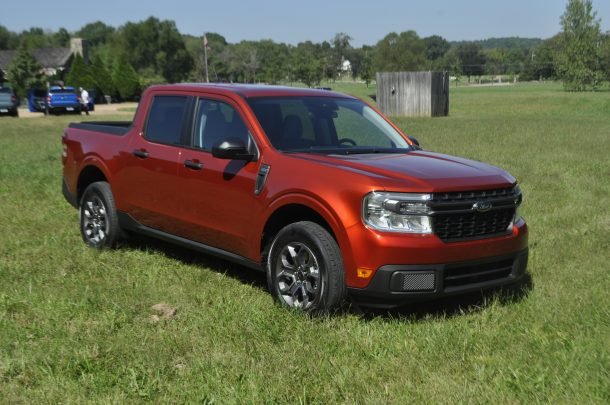
Ford set things up so our time with the Maverick would be split between standard on-road driving and doing more traditional “truck stuff” such as towing. Day one was all about driving both powertrains – hybrid and gas engine – on road, while day two was about towing, payload, and off-roading. With more on-road time if we needed/wanted it.
As you know by now, or at least you know if you’ve been following Maverick news here or elsewhere, the truck will be offered in three trims – base XL, mid-level XLT, and top-trim Lariat, with two powertrains. The base powertrain is a hybrid that uses a 2.5-liter four-cylinder and an electric motor, while a 2.0-liter turbocharged four-cylinder gas motor is available. You likely know Maverick shares its bones with the Bronco Sport and Escape.
The hybrid puts out a total system horsepower of 191 and 155 lb-ft of torque and pairs with a continuously variable automatic, while the 2.0-liter turbo-four makes 250 horsepower and 277 lb-ft of torque and mates to an eight-speed automatic transmission.
Hybrids are front-drive only, while the four is available with FWD or AWD.
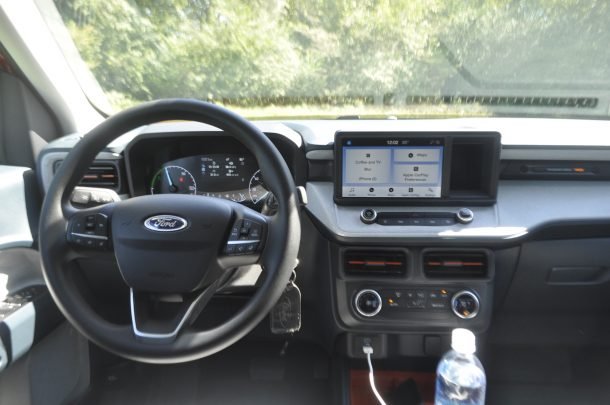
It will surprise precisely no one when I tell you that the gas four is more engaging on-road than the hybrid, especially in FWD guise. It’s more responsive, pulls away from stoplights with more gusto (especially with an unladen bed), and is simply more fun in the stoplight-to-stoplight urban/suburban cut and thrust. It’s better at providing quick power for passing and merging.
That’s not to say the hybrid is to be avoided, but it is pokey, at least by comparison. I’d spring for the 2.0 unless fuel economy or a lower MSRP are key drivers of your Maverick purchase.
All forms of the truck, including the 2.0-liter with the FX4 off-road package, are pleasantly engaging when it comes to handling. Again, the FWD 2.0 shines, thanks to its lighter weight, but there’s not much of a penalty for opting for AWD – even, as noted, when outfitted with the FX4 package. Except that the FX4 trades a Sport drive mode for an off-road drive mode.
Steering is heavy without feeling too artificial – though it feels a bit better in the gasser – and thanks to unibody construction, it handles better than many expect a truck, even a small one, would. There is some body roll, and truly pushing it reminds you that the Maverick isn’t built for that purpose, but at slower speeds and more relaxed paces, the Maverick is both competent and entertaining, or at least entertaining enough. Sport mode makes things a bit more fun.
The ride isn’t quite car-like, but it’s smooth, especially for a truck. At least on the mostly-pristine roads outside of Nashville, anyway. I look forward to a Midwest-road torture test, but so far it seems like long highway slogs in the Maverick won’t be taxing. Wind noise and road noise were mostly appropriately filtered out.
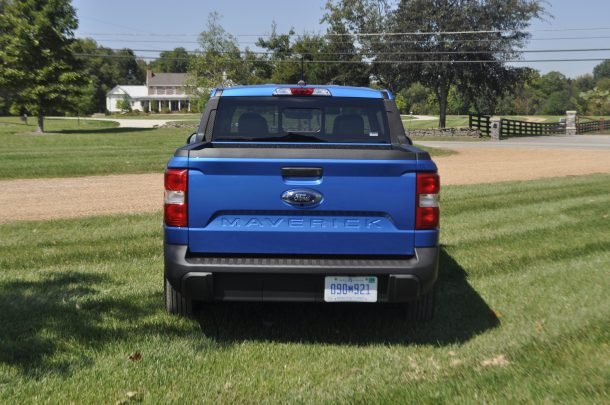
Maverick is underpinned by an independent MacPherson strut setup with coil springs, stabilizer bars, and twin-tube hydraulic gas-pressurized shocks up front, and an independent twist-beam suspension with stabilizer bar and twin-tube hydraulic gas-pressurized dampers in the rear. All-wheel-drive trucks have a different rear suspension: Independent multi-link trailing arm with stabilizer bar, coil springs, and twin-tube gas-pressurized dampers (monotube with FX4).
Wheel sizes are 17- or 18-inches.
Ford, perhaps having read the reviews of the Santa Cruz, took a different tack than Hyundai when it came to the media drive. As noted above, it wasn’t only about on-roading. There was a light off-road course to show off FX4’s mud/ruts mode, and several trucks were set up to tow or haul a payload in the bed. Some trucks had the 4K tow package, which as the name implies, increases towing capacity to 4,000 pounds. It’s available on the gas engine. Otherwise, max towing capacity is 2,000 pounds. Max payload is 1,500 pounds.
I towed an Airstream and a couple of ATVs and some Jet Skis, and the Maverick did just fine, though the gas engine was a bit smoother and had fewer struggles going uphill, 4K or not. A tow/haul drive mode is available. Dropping a bunch of stuff into the bed also didn’t phase the truck.
Maverick’s bed is 4.5 feet long – six with the tailgate down – and the tailgate offers multiple positions. Tie-down clamps double as bottle openers, and there are D-rings and bed tie-downs as well. Slots built into the side of the bed are there to help with things like planks of wood. Lift-in height is listed at 30.1 inches.

The off-road course was easily handled by the FX4 – so easily, that while Ford said to use mud/ruts mode, there really wasn’t a reason to. FX4s get hill-descent control, tow hooks, underbody protection (read: skid plates), all-terrain tires, and the aforementioned suspension tuning. I asked about whether the company could create, say, a Badlands trim and while Ford reps did the usual dance around commenting on future product I was told there is no reason such a thing couldn’t happen.
As for a Raptor or Warthog version, that’s tougher to tell, but I could see the truck easily getting the Bronco Sport’s Badlands package, including the drive modes. Hint, hint.
I dig the Maverick’s styling – it’s boxy with some rounded edges. Definitely more plain than the Santa Cruz, but also more “truck-like”, and attractive in person, either way. My feelings about the cabin were decidedly more mixed – some of the design is wonky looking, the materials feel a bit cheap, and the scourge of top-mounted infotainment screens continues. On the other hand, controls were easy to reach and use and the gauges and driver-info screen in the cluster were easy to read. Form mostly follows function here, and even the quirks, like the weird door handles, are easy to get used to.
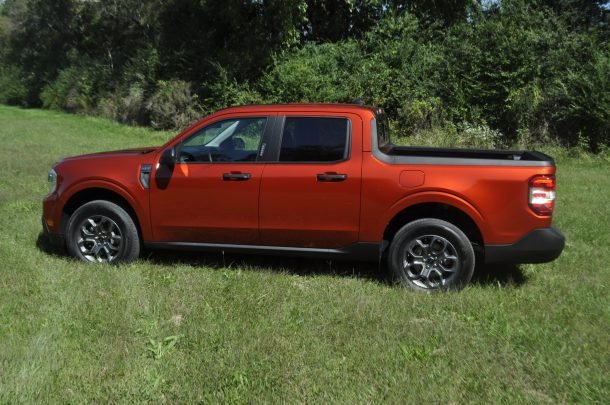
I had more room in the rear seat than in the Santa Cruz, with acceptable head- and legroom for my tall and overfed frame. Entry and exit were a breeze.
Key standard and available features include Apple CarPlay, Android Auto, Sync infotainment, Wi-Fi, up to six USB ports (two are standard), wireless charging for cell phones, in-bed 12-volt power sources, in-cab and in-bed 110-volt outlets, bed lighting, adjustable drive modes, hill-descent control, skid plates, LED headlamps, flip-up rear seats, under-seat storage in the rear, power-sliding rear window, and power-locking tailgate.
Ford’s Co-Pilot 360 driver-aid suite includes pre-collision assist with automatic emergency braking and automatic high beams as standard. Available options with Co-Pilot 360 include adaptive cruise control with stop and go, blind-spot information with cross-traffic alert, lane centering, and evasive steering assist.
Fuel economy isn’t yet listed for the hybrid, but for the four-cylinder, it’s 23/30/26 with front-drive and 22/29/25 with AWD. I saw 36.7 mpg, per the computer, during an urban “hypermiling” challenge in a hybrid and up to 30 mpg in some gas models. I did see a dismal 12.2 mpg during one towing loop with the gas engine.
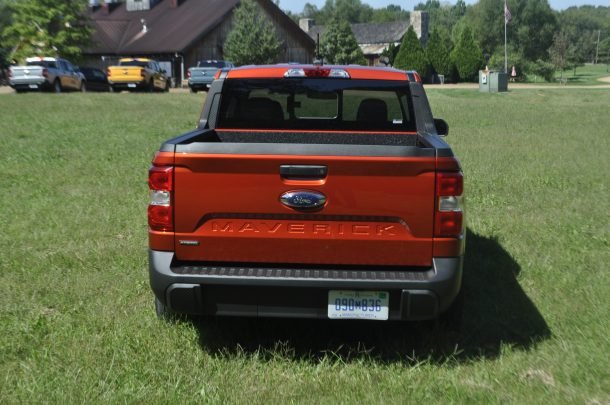
Pricing is listed at $19,995 to start with a base hybrid and $21,080 for a gas XLT. Add $3,305 for AWD. Destination is $1,495. Gas models are reaching dealers now, and hybrids are expected to follow this fall once fuel-economy testing is finished.
Playing around with the online build and price tool, I got a loaded Lariat up to around $36K. Ford expects the volume model to be the XLT, and building one in my preferred version of that trim (gas with AWD, Co-Pilot 360, XLT Luxury package, and various other features) would set me back around $31K.
I will note here that if you want keyless, push-button starting you have to opt for the Lariat. For the Snow Belters, heated seats/steering wheel require an option package on XLT and Lariat.
Right now, only the Maverick and the Santa Cruz occupy this segment. Ford folks looked at me like I was an alien when I suggested there may be some cross-shopping of the also unibody Honda Ridgeline here, despite its larger size and higher price (a loaded Maverick Lariat would bump up against a base Ridgeline), just because it, too, is a truck that’s built to be both at home in the city and the boonies. Perhaps they were right to do so, but it’s the only other truck that seems close in mission and intent, despite the obvious differences.
Putting the Honda out of the picture, the Maverick seems to do the truck stuff better than Hyundai’s offering, though that’s based on speculation, as Hyundai didn’t offer us the chance to tow or trundle around with a loaded bed during our first drive. The Santa Cruz feels like a slightly sporty compact SUV with a bed replacing the cargo area. It’s for the surfer, the cyclist, or the homeowner who occasionally needs to haul supplies from Home Depot.
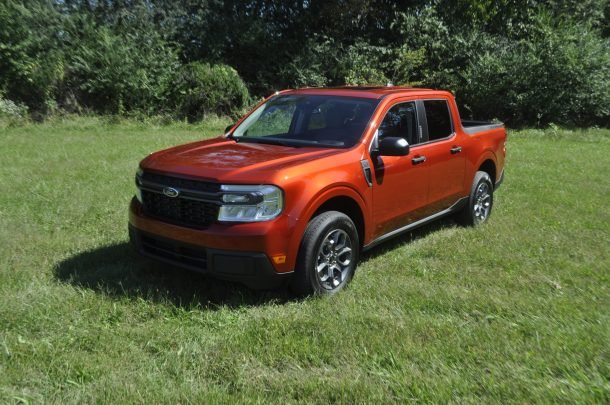
The Ford, of course, can do all that, but it seems more ready to tow your boat, haul cylinder heads for the local auto-parts store, and go off-road to that one particularly remote trailhead. All while remaining right-sized for urban driving (and parking) and being set up for easy highway commuting.
I’ve long mourned the death of the small truck that can balance utility and on-road comfort. Santa Cruz is nice, and I liked it, but it leans towards on-road driving. Maverick simply offers a better balance between work, commute, and play. It’s the first compact truck in a long time to be both good at doing “truck stuff” and “car stuff.”
It also offers an affordable, smaller alternative to the mid-size and full-size light trucks that have gotten bigger and more expensive in recent years. Many truck buyers don’t need V8 power or massive towing capacity. Many don’t need anything beyond light-duty off-road capability. Many do most of their driving in cities and suburbs and would struggle to park larger trucks in a downtown parking garage.
Ford and Hyundai won’t be alone in this segment for long. But until the others show up – and I suspect they will – Maverick holds the edge when it comes to all-around performance and utility.
[Images © 2021 Tim Healey/TTAC]
Become a TTAC insider. Get the latest news, features, TTAC takes, and everything else that gets to the truth about cars first by subscribing to our newsletter.
